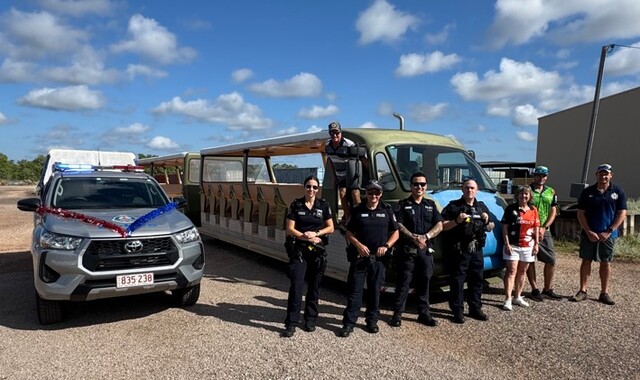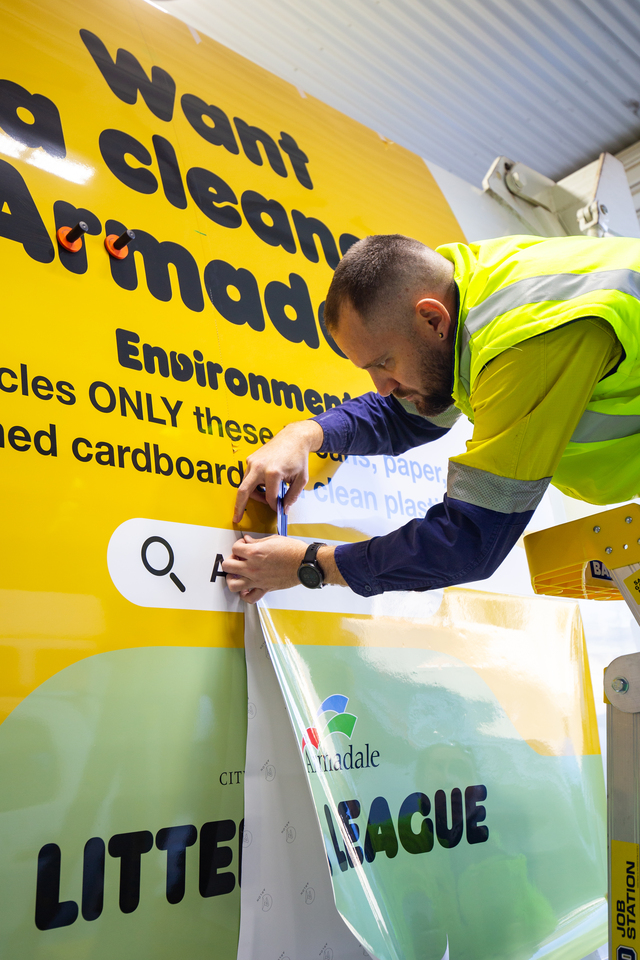Launceston City Council, with its population of 65,000 people, is providing an urban model for Tasmania’s Partnership Agreements.
With the emphasis on strategic planning and creating a vision for a better future through community consultation, Launceston had already completed much of the groundwork prior to embarking on the Partnership Agreement path.
In fact the Search Conference process used last year by Council to develop ‘Launceston 2010 The Search for Our Future’, has since been adopted by the State Government in formulating its Statewide strategy ‘Tasmania Together’. Launceston City Council invited 400 community members to participate in its planning process.
“We believe there is no point in Council planning for the community, rather it is vital to plan with the community in a team effort,” said General Manager Bob Campbell. Mayor, Alderman John Lees, said that traditionally Councils have tended to say to their communities ‘this is what you should have’
“Council should not develop a vision for the future on its own,” the Mayor said. “There are many groups whose actions influence future outcomes. Council cannot, by itself, deliver all that the community hopes, however, it can help facilitate action. But first everyone needs to agree on desired outcomes.”
To involve the community in planning the City’s future, a number of information nights were held. From the original 400 invitees, 80 people were selected to form 10 stakeholder groups.
Through a Search Conference, running from midday Thursday through to midday Saturday, these individuals, representing a range of organisations and a cross section of the community, sought to identify common ground and plan future actions.
The key issues identified include the following.
- Economic Development
- Recreation, Culture and Lifestyle
- City of Learning and Innovation
- Cooperative Approaches to the Provision of Community Services
- Building and Maintaining a Livable City
- Efficient Transport Systems
- Healthy River Systems
- Enhanced IT Opportunities
- Effective Intergovernmental Relations
“Under the Partnership Agreement, we have since formed teams comprising Council and State Government personnel based on these areas,” Bob Campbell said. “Previously, it had been difficult to deal with the State Government due to the range of people involved. This Partnership Agreement process has streamlined issues and led to improved intergovernmental relations.”
Although Aldermen and staff comprise the Council representatives on these teams, there have been concerns raised that State representatives do not include MPs, only Departmental officers. However, Mayor Lees believes there are many benefits to be gained, ‘even if only a percentage of issues come to fruition’.
“The process has opened up the channels of communication,” he said. “But, it is vital the political arm of Government ensures that its agencies do not lose sight of the enormous potential. “This is not simply a handout of money or the Government flick passing services we cannot afford to maintain.
“In some areas there will be a commitment of money, but largely this is about doing things better through ongoing partnerships, both between State and Local Government and Councils and their communities.”







